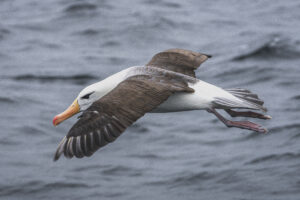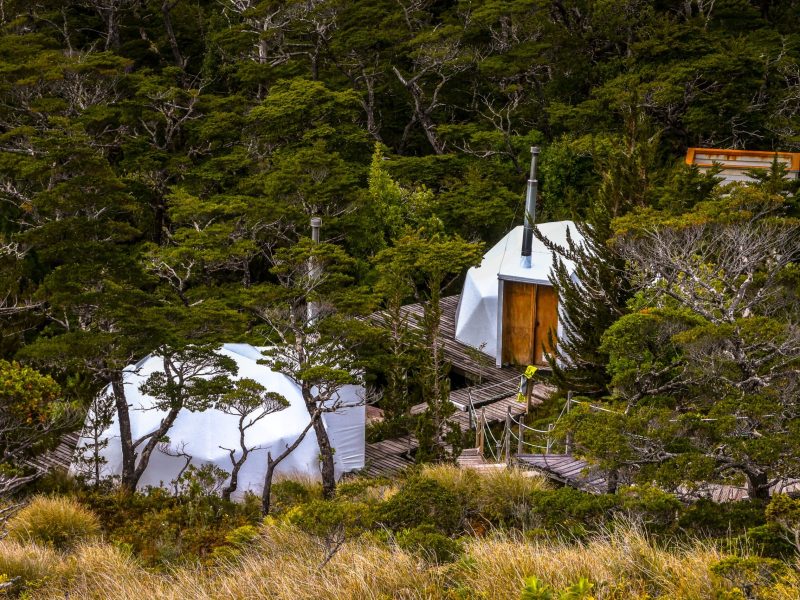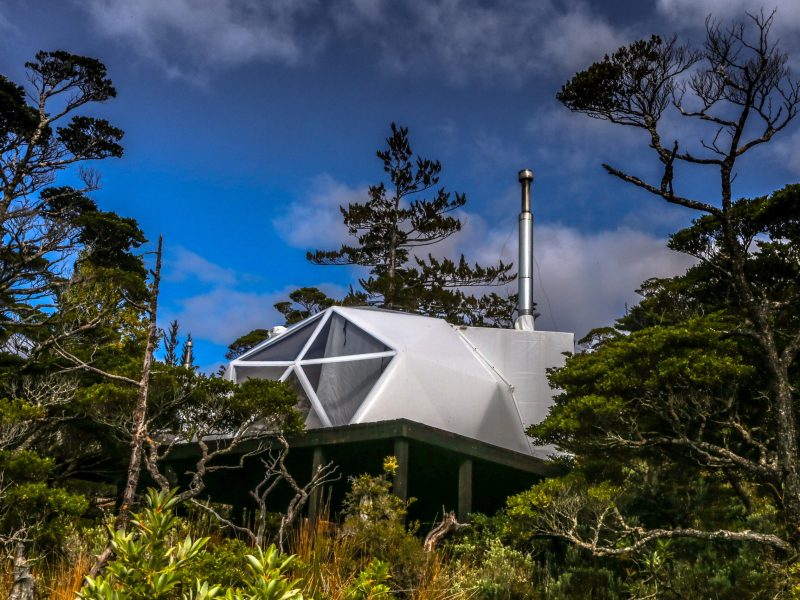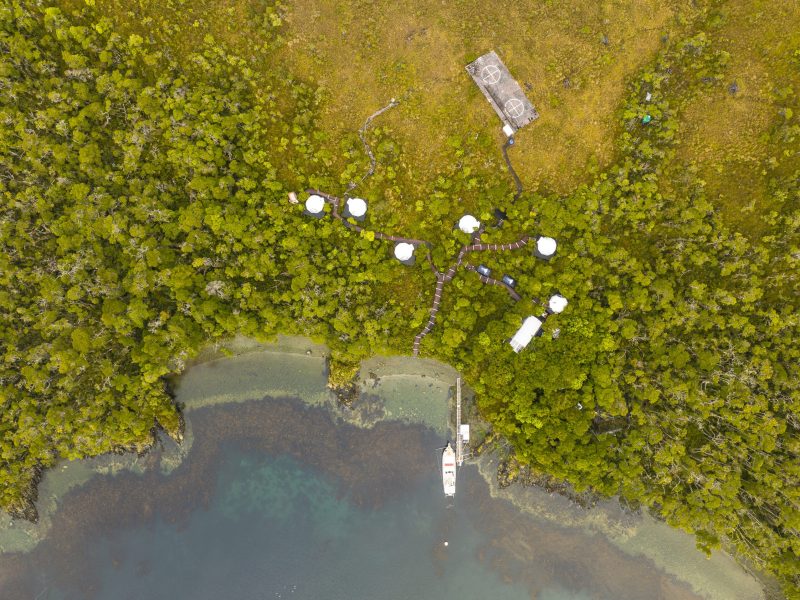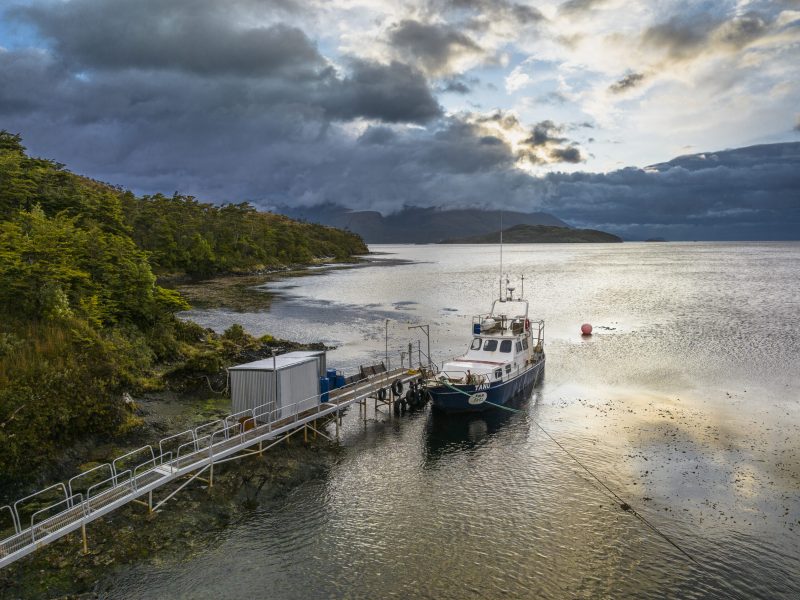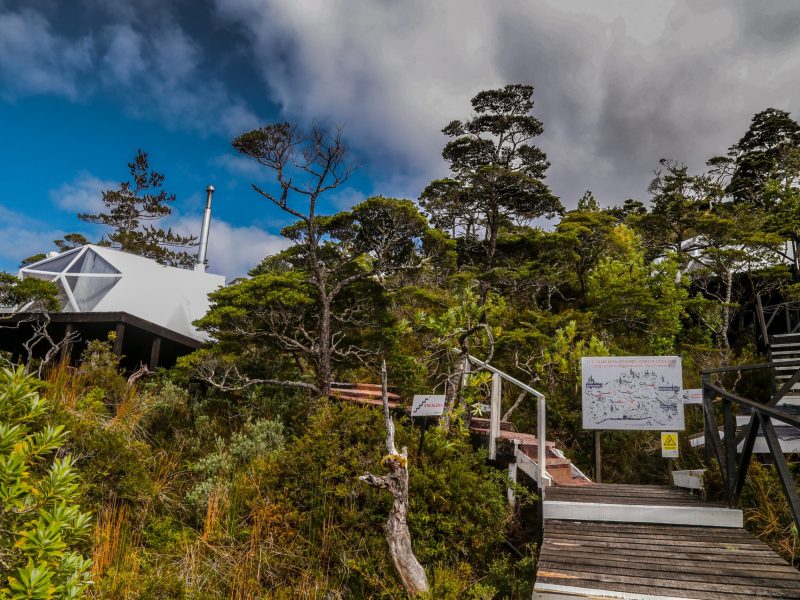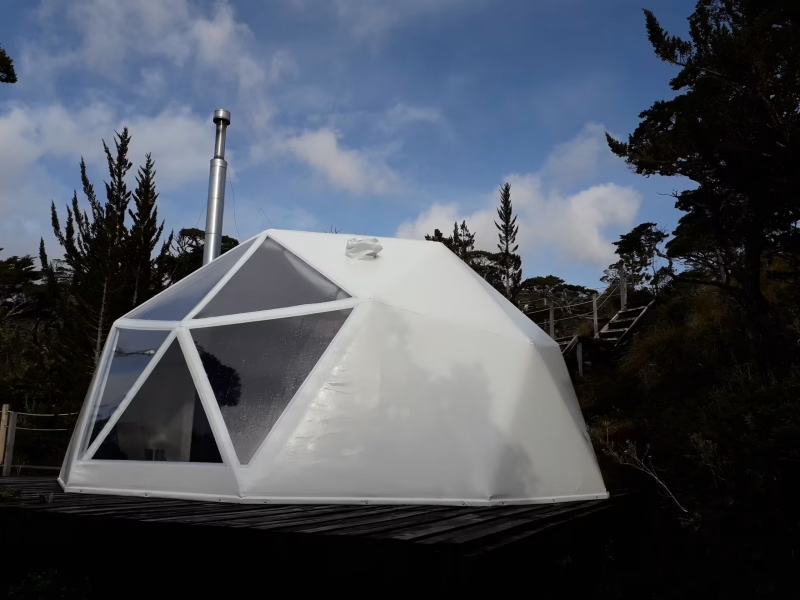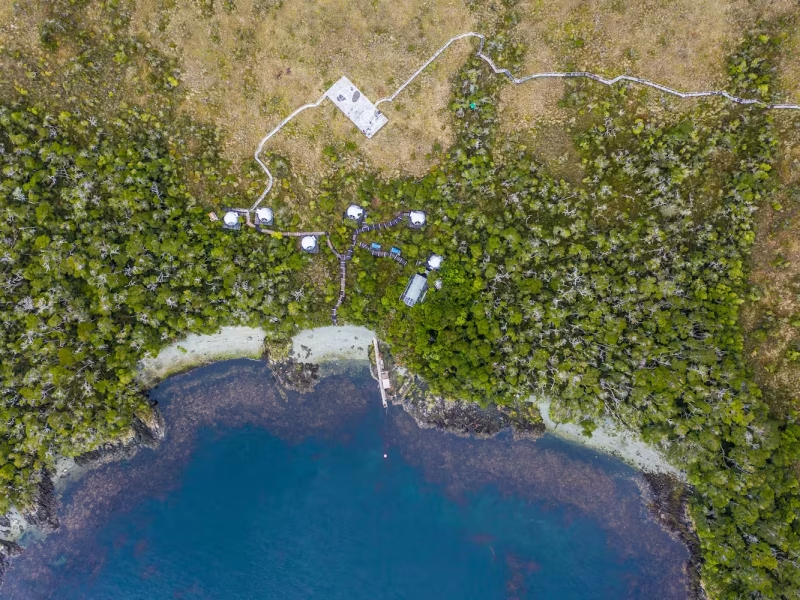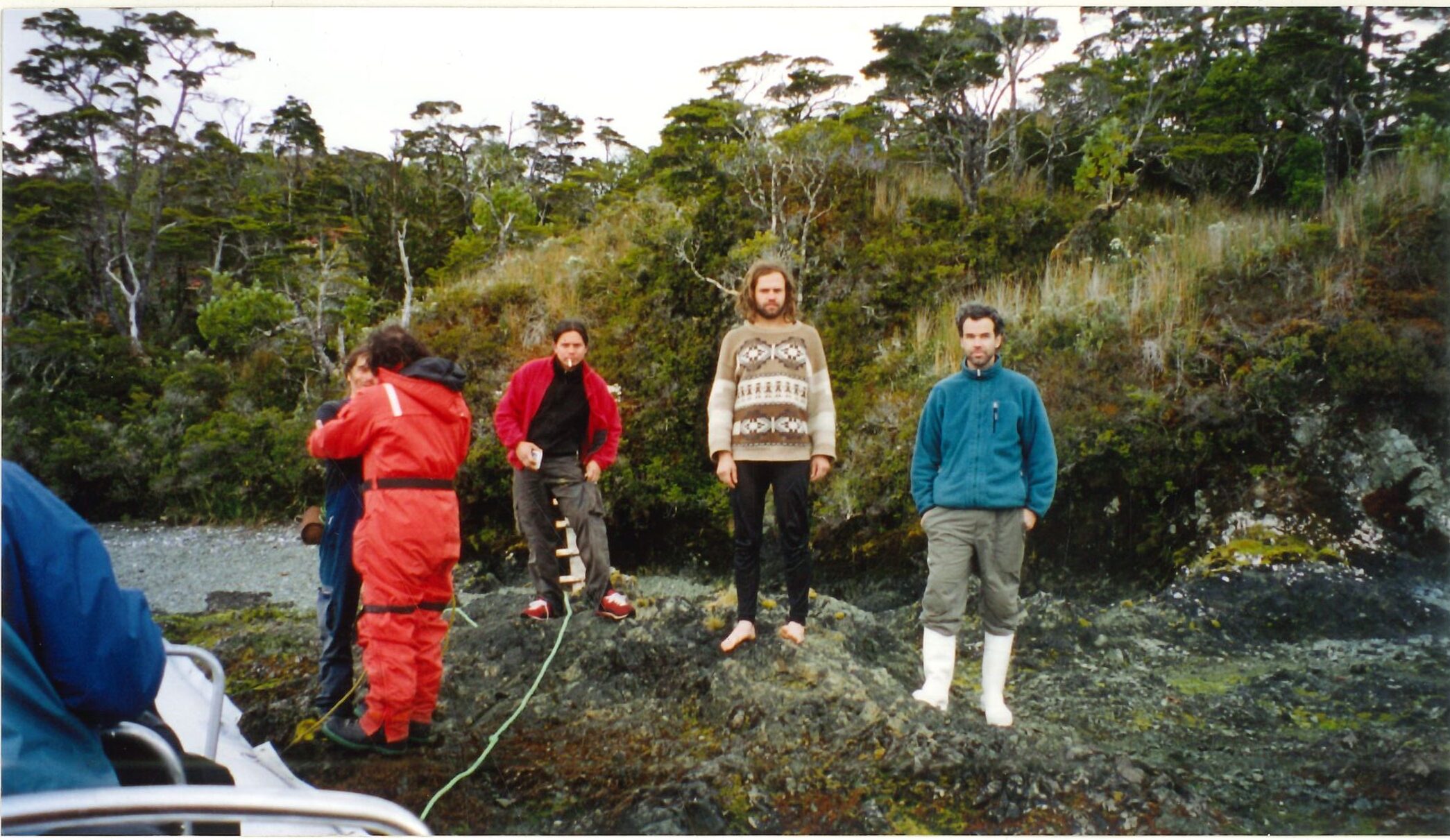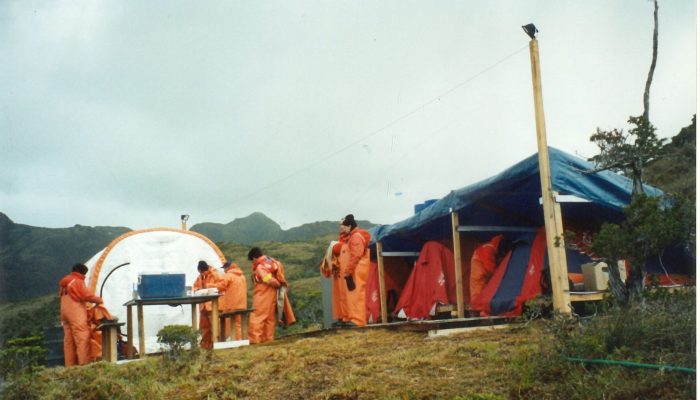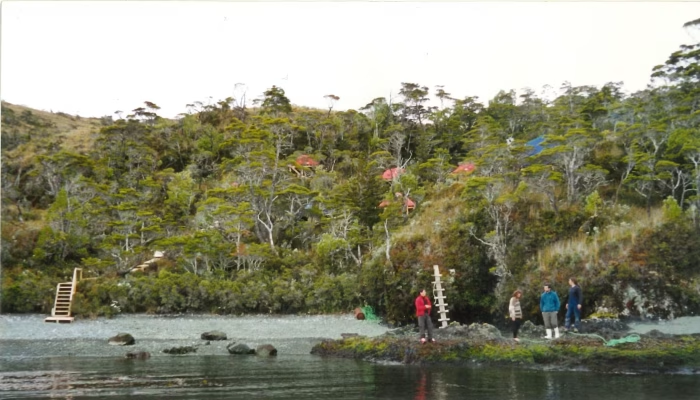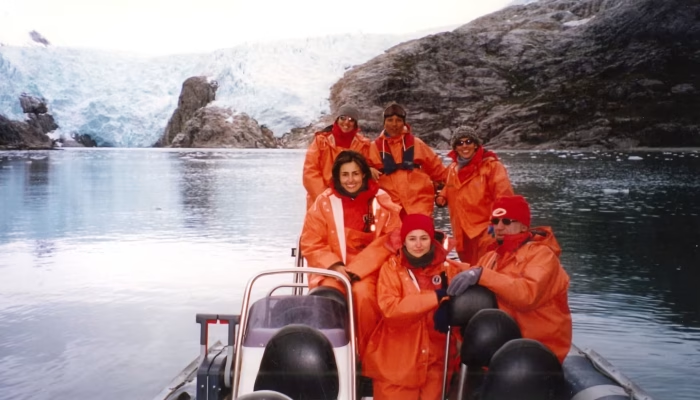What does the tail coloration of humpback whales in Patagonia tell us?
- Published: 2004
- Authors: Jorge Gibbons, Juan J. Capella, Yerko Vilina
- Download the full study here
Study summary
This work analyzes the pigmentation patterns on the ventral part of the caudal fin (fluke) of humpback whales feeding in the Francisco Coloane Marine Park, in the Strait of Magellan, Chile.
Using high-quality photographs of 57 individuals, the researchers classified the flukes into five categories of coloration, from completely white to completely black.
Key Findings
Most of the whales in the Strait of Magellan have mostly clear flukes (categories 1, 2 and 3).
The coloration patterns were statistically similar to those observed in humpback whales Colombia and the Western Antarctic Peninsula.
Instead, they were significantly different of the populations of Australia, Japan, Mexico and Hawaii.
Why is this coloring pattern important?
The fluke's coloration acts as a kind of "fingerprint," allowing:
Individual identification of whales for photo-identification studies.
Inferences about migrations and population relations between breeding areas (such as Colombia) and feeding areas (such as Magallanes).
Confirmations of previous genetic analyses on stock differentiation of humpback whales in the South Pacific.
This study supports the hypothesis that humpback whales feeding in the Strait of Magellan are part of stock G, which includes individuals that breed on the Eastern Tropical Pacific coast.
Where was the research done?
Francisco Coloane Marine Park (53º37'S, 72º21'W)
Strait of Magellan, Chile
